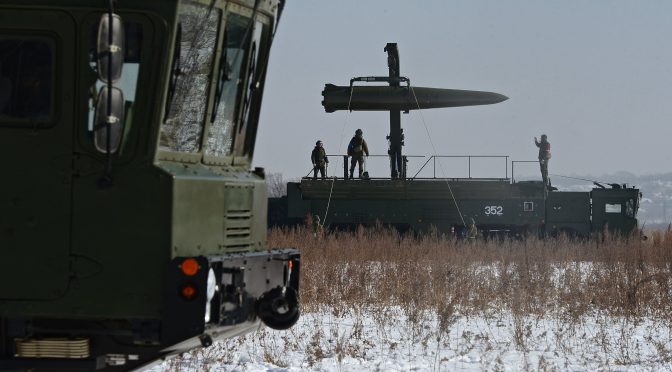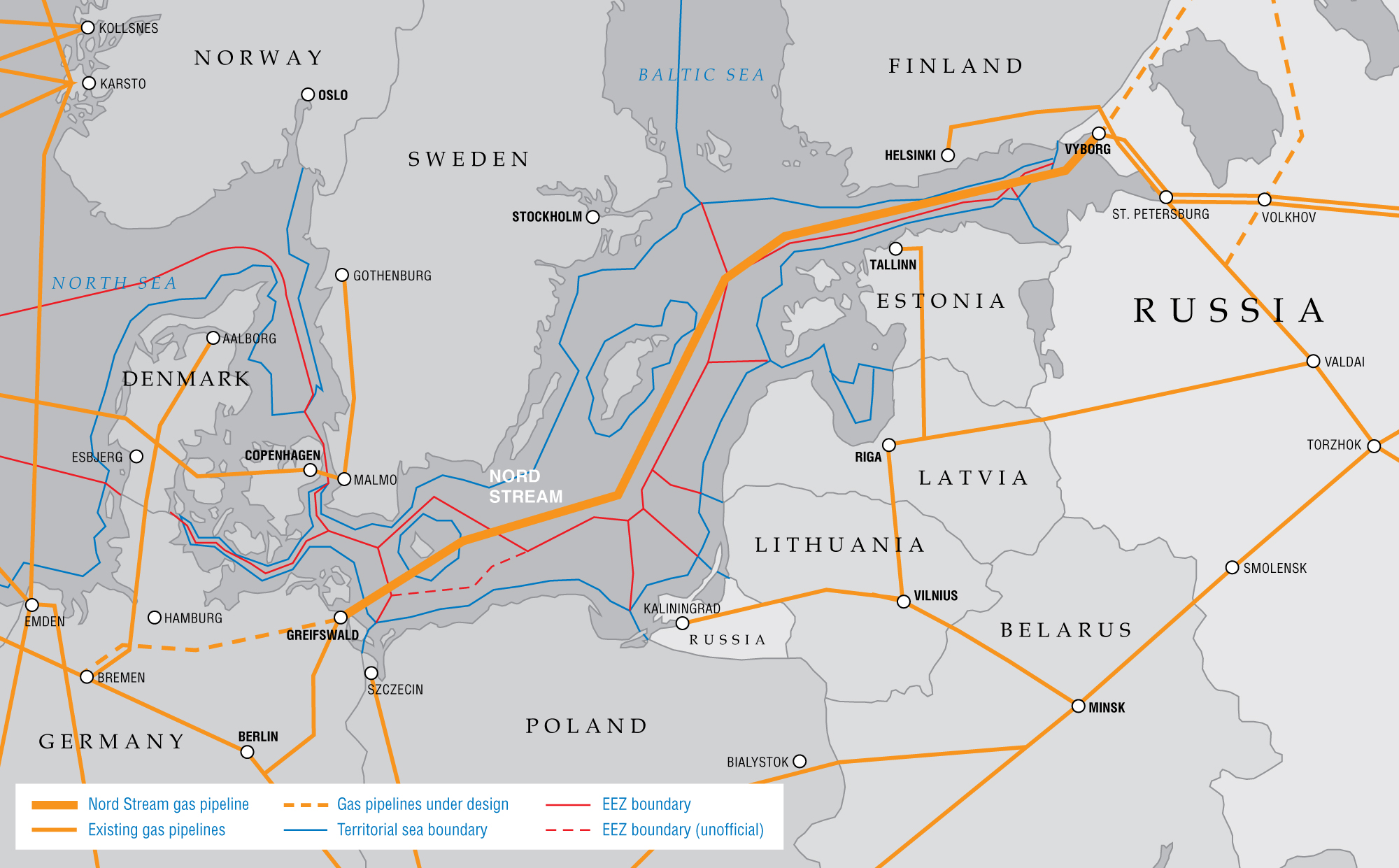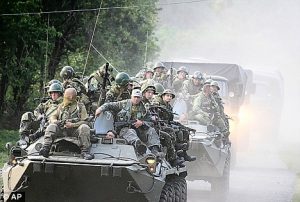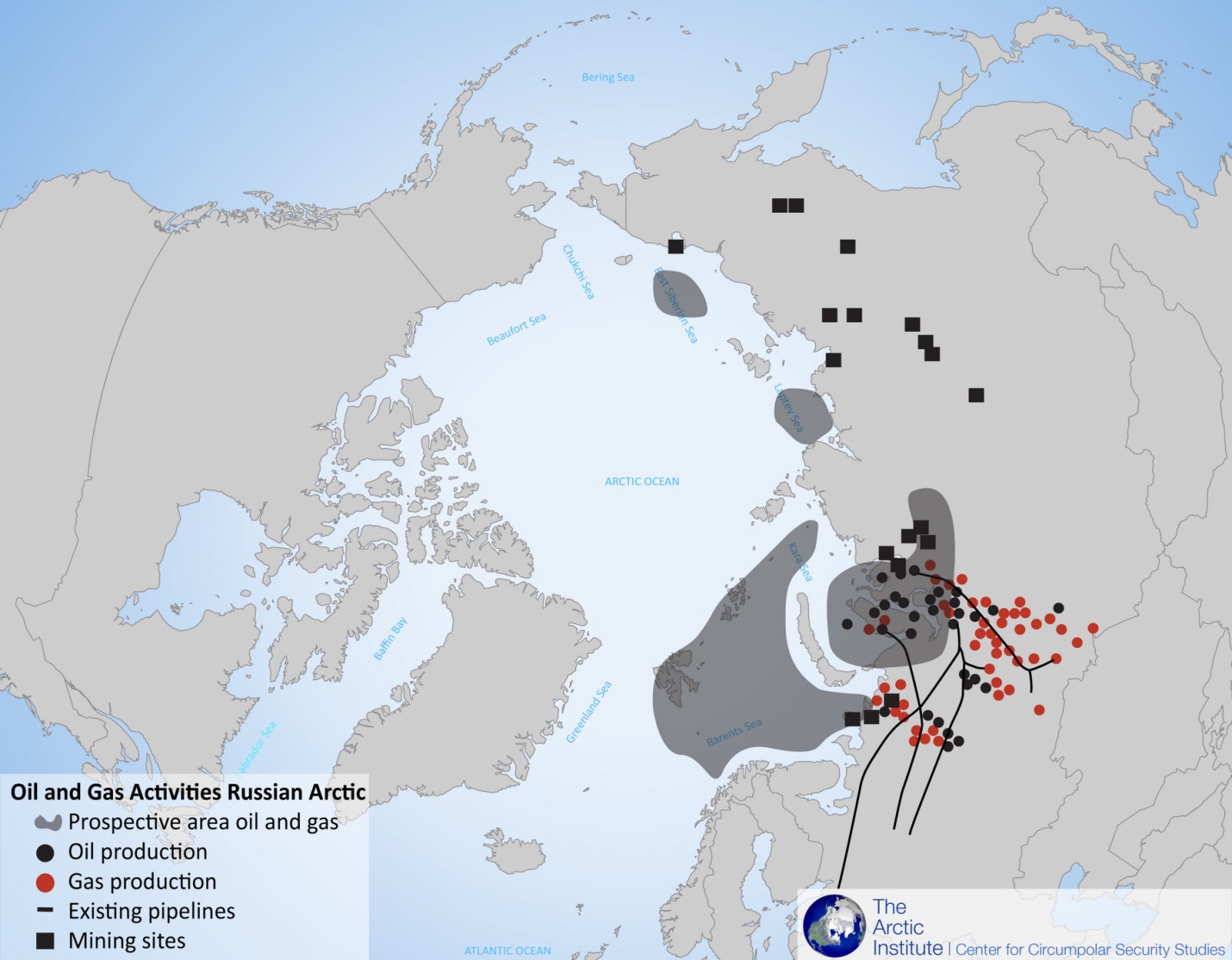By Cris Lee
Join us for the latest episode of Sea Control for a conversation with Vice Admiral Lutz Feldt (ret.), former Commander-in-Chief of the German Fleet and Commander-in-Chief of Naval Staff, about the challenges of defining and conceptualizing maritime security.
Download Sea Control 147 – Former German Navy Chief Lutz Feldt on Defining Maritime Security, Pt. 2
A transcript of the interview between Admiral Lutz Feldt (LF) and Roger Hilton (RH) is below. The transcript has been edited for clarity.
RH: Admiral Feldt, in addition to the previous discussion, you have said to enhance maritime awareness it is essential to return to the basics of geography. According to renowned geopolitical author Robert Kaplan, a map is a spatial representation of humanity’s division, by which he means not just physical territory but topography. Let me ask: with so much advanced technology providing satellite imagery and real time data, why should we consider the influence of geography?
LF: To answer with a question, are we overestimating all of our technical development? Are we really reliant only on technical information, the internet, etc.? Are we able to take into consideration other important criteria as well? Geography is a big criteria, even today. If you look into geography, you are looking at the people living in that geography, to the culture which is their culture, the weather conditions, the climate, and how people live. This has great importance and great influence on everything which we have to decide in the maritime domain. Therefore I think if you are working together with people from the Southern parts of Europe region, or German authorities to ones in Spain, Italy, South France, Greece, or Turkey, or whatever country you may name, of course the way they are solving problems is different. And this has something to do with the areas in which they live, and the living conditions.
The living conditions are formed and created by geography, and directly and indirectly by the climate conditions in which they live. So I think it is important to look into the geography as well. As a seafarer, even if you believe in civilized navigation, even if you think a satellite is covering the whole globe, you must still learn that that is not the case. It will not happen in the next decade as well. So there will always be areas which are not covered. There will always be areas which are up to today, which have not a reliable a sea map, a sea shot. If you go into the big regions, the only thing you can rely on is the GPS. This makes it very clear that geography and the conditions created by geography are very important. Weather affects all operations. You can have a wonderful operation plan think you have thought through, if you have forgotten the geography of the weather, it is a risk you should not accept.
RH: Admiral Feldt, now that we have looked at a catalogue of issues that have impacted sea awareness, it is critical for our listeners to place these subjects in the role of global stakeholders. Obviously the headlines on this ticket are the NATO and the EU. You distinguish in your piece the remarkably different approaches to issues. Consequently, can you provide a quick snapshot of activities of global stakeholders in the maritime space?
LF: I think we have to talk about the international maritime organizations as well. I always think and call them the guardians of the sea, and they have developed a lot of very helpful legislation for the sea. They are responsible for all the agreements and they have developed a code of conduct for a limited number of countries. So I think yes it is a lot of administrations, a lot of paperwork. On the other hand you need these basic documentation, you need this framework in which you are doing your business as a commercial in which you have to follow the sovereign estate as well.
I think the International Maritime Organization is an important player. The weakness of the IMO that they cannot enforce their own laws. They have no enforcement capabilities and the only nation who is able to enforce the IMO’s laws and other laws is the United States and it will remain to be the United States. Maybe in competition with some other nations, China is trying very hard to become a very important global player in the maritime domain as well as the Russian Federation. I understand very well why they are doing that. I wouldn’t blame them about that, but we have to take into consideration they will in any case be in some sort of competition with the U.S. The U.S. needs a global strategy, maritime strategy, and a naval strategy, this is a comprehensive approach that works very fine.
And then of course we have the European Union. NATO is the North Atlantic Treaty Organization, it was focused on the North Atlantic. During the last years, NATO was much more involved in army and air force business than in the naval business. This is something that I do not appreciate because now we have a lack of maritime expertise which we have to overcome quite soon. The EU is becoming a much more important player, not just in civilian issues, but also in the economic side, from a common defense and security policy side as well. I think the EU will increase its military experience, and NATO will be much more open, civilian-military operations as well. The African Union has developed an all-maritime strategy for the African continent. They are a regional initiative. They have the potential to become a very important player as well. I think they should be interested in taking responsibility for their own territorial waters and increase their independence from others.
And then we have what we did call the BRICS, Brazil, Russia, India, China, South Africa. China will be a big player, and already is a big player, and will become an even bigger player in the maritime domain. Brazil has for the first time taken on international responsibility in supporting the European navies in the Mediterranean several times for example. Russia is looking for naval bases outsides its territories. Now they are in Syria, it has the occupation of Crimea, not only because they love the people there, but because of a very strategic impact in now having an important naval base in the black sea. So they are all playing to their national interests. The only ones who are trying to improve not only its own capabilities but of its neighbors as well is South Africa. They have a good navy as well. They can support the navies in developing their own coast guards and to a certain degree their naval functions as well.
RH: Anyone listening will get a perspective on how crowded the maritime domain is and how competitive it potentially is both from a bloc perspective or from an individual country perspective. Returning to the EU, its early security ambitions were defined by 2003 European Security Strategy: A Secure Europe in a Better World by the EU’s common representative for the common foreign and security policy, Mr. Javier Solana. It was more recently amended in 2008 and paid scant attention to the maritime situational awareness. This is particularly frustrating since this piece establishes how crisis can develop far from Europe and still affect continuity on the continent. Moving forward, has the EU addressed this phenomenon?
LF: Yes, it has. I think in 2003, the world, not just the maritime domain, looked very different from nowadays. Strategy: A Secure Europe in a Better World, updated in 2008, has been overtaken by events. The EU has developed a newer strategy in a very good way. Everyone was involved in that. It took us only three-quarters of a year. We have a new strategy which is a very good build up, taking an important part of security and defense issues in the strategy, which was not the case in the first.
Now I think it is a comprehensive approach. To deliver something of a comprehensive approach, where all the actors know their responsibilities, and knowing that they don’t have to do this on their own in one pillar, in isolation from the other, they are doing this together. Strategy is encouraging them to do that. Perhaps encouraging is not strong enough; it is forcing them to do that. And therefore I really appreciate this approach. You know, in the maritime world, 2014, the European Maritime Security Strategy has been published as well. We have now, not only a global strategy from the European Union side, but maritime strategy as well. We are now working on the implementation of the different subjects. I think that in a good way, a lot of things have been moved in the right direction and I am optimistic that they will carry on. And if I may say so, the commission, the parliament, and the council, they are doing very well. They are doing this in one line.
RH: Any conversation about EU maritime policy or maritime policy will be incomplete without mentioning Turkey and its role in facilitating EU’s maritime sphere. Recently president Erdogan called for a border review of the 1923 treaty of Rozanne in Athens in early December. What do you make of this comment, and how do you think Turkey and the EU can continue to work together on maritime domain issues?
LF: It’s a critical situation. Turkey is a member of NATO, and wants or once at least wanted to become a member of the European Union as well. Greece is a member of NATO and the EU. All these years, all these decades, there has been tension between both countries about sea borders and how the treaty is working. Even in the treaty there are disputes over islands and sea borders. This is a fact. I do not think that in the actual situation the border review will take place. I do not think so. The last signals were bit different. There is another convention we have to consider. This is the Montreux convention which is giving Turkey the responsibility to supervise or monitor the Montreux Strait. You have to look into this as well. Both are very close together.
The EU and Turkey are well-advised if they are accepting of the status quo, or improve the situation. To talk about improving, there is an ongoing operation between NATO and Turkey, as a NATO member, and Greece on the other hand, in the East part of the Mediterranean and the Aegean Sea. The part of the maritime civil operations where everyone is looking for migrants, not only to rescue them, but to prevent them from going illegally from one country to another. And the cooperation of the partners in these technical operations level is very good. I have heard from colleagues in this operation, the cooperation with the Turkish coast guard is good. They are doing their jobs professionally and well, and the same with Greece. It is good practical example of good practical cooperation. As often you can find on the practical, pragmatic level, you can find solutions for almost all problems.
RH: Hopefully based on all the encouraging news you’ve provided with us cooler heads will continue to prevail as there are a plethora of issues that the EU and Turkey need to work together on to solve in the future. Finally Admiral Feldt, for the foreseeable future, you reiterate, the complex picture of today’s maritime security issues, is a consequence of three factors: the transition from industrial to the information age, globalization, and climate change. And that the urgent need for maritime domain and situational awareness is a precondition to achieve good governance at sea. Having spoken about sea blindness already, would you count on those leading to take these issues into effect in policy?
LF: I think the first point, the transition from industrial to information age, I think this is a big challenge. This is nothing you can just do automatically. Switching from the industrial to the information age takes time. This issue is not just for the younger generation, it is an issue for my generation and even for those who are little bit younger than I am. A lot of people are still making the assessments and adjustments based on the procedures and experiences that were right and good in the industrial age but which is now overtaken in the information age. And the information age is more than the internet. The social networks are a very important part. The fact that in the information age a hack can be done by a hacker where nobody knows where he’s from, whether it’s his boss telling him now you have to hack the German parliament, or now you have to hack a big company in France or whatever, no one really knows that in the very beginning.
It’s not just the use of the internet and all the advantages which you can take out from networking. This is the second point. Networking is becoming more important. Networking happens all the time. But it’s not only the internet. It’s also the information age as a whole new environment. Think about new technologies and the impact of the industry, all that development and our naval units where you are reliant on the computer system. These all need new thinking. A new mindset. This is very difficult to achieve. It takes time to be aware that not everybody is able or willing to follow you, but this is the real thing. So it’s a big challenge. The challenge is not the technology, the challenge is to understand and to use the new technology to your advantage.
Globalization is an effect, it’s now under pressure again. I always think that there are no ideas without bad sides, and there are bad sides to globalization as well. Maybe the government has to look into that more carefully, but if we go back to nationalist thinking, then we of course are doing the wrong thing, a very dangerous thing. The clear historical experience that nationalism is in the direction of something we do not want. Certain kinds of own interests is always not only acceptable but necessary, and the real impact is that you have to look for your national interest on one hand, but on the other hand balance them with the international interests as well. If you are not able or willing to do that then you are a danger.
Climate change is something very much related to globalization and the change of information age as well. We do not know the final impact of climate change. We only can think about they will change the maritime domain. This will have an impact on everything. The issues and the outcome of climate change, there is only one solution, and this is to prioritize the protection of our maritime domains. Protection of the oceans and the protection of the maritime domain in relation to climate and everything belonging to that, from biodiversity to clean oceans and whatever you may name it, this has a high priority. And it is not a task done by the civilian authorities, the navy must be included as well. They have a responsibility to report and monitor climate protection as well. This is very new to the navy, other things as well, but there is an urgent need to do that. Climate change and the negative sides of climate change are a real challenge. They are a threat.
RH: Admiral Feldt, I want to thank you on behalf of the listeners for such a comprehensive analysis and sobering judgment of the current state of affairs. As we dawn on another sea control podcast, Admiral, do you have any quick operational takeaways for the listeners, or issues related to maritime domain we should keep tabs on?
LF: If you are interested, take some keywords and go into the internet, or even look into the publications. It’s not just Robert Kaplan who publishes a lot of things. There are a lot of authors and scientists who are publishing a lot about the maritime domain and the complexity and they are not only good for students, but for normal people as well. There are sometimes scientists who are able to write in a way everyone can understand it. The awareness is the first method for my side. The second side is that the cooperation and trust and confidence between the different maritime services must be supported as a citizen of my country. I cannot understand that for example how customs is not able to communicate with the navy without taking some risks due to data protection. Data protection is very important, but if data protection is hindering us in providing safety and security, than it has to be questioned.
A lot of people are talking about legal obstacles, who are talking about what we want to do but the law is against us, this is eight out of ten times not the case. They often use the law as shelter not to do something. This is something where citizens must be able to carefully be able to increase security internal and external security in a much more professional way; we are open to information exchange. The internal and external security issue is something which is very crucial thing as well, we have not touched upon that, but it is a very important. You cannot separate internal and external security any longer. And if you do so, you must accept the risk, and you must explain to your citizens why you are doing this, with all the consequences.
My third point is if you love the sea, if you are in favor of the sea, if you are really knowing about the sea, not only from the coast but from the ocean as well, it is much more easier to understand the complexity as well as overcome the challenges. It was a great pleasure for me, thank you very much.
RH: Admiral Feldt, I would say in conclusion, if our listeners want to follow up on the European or international maritime domain, the Routledge Handbook of Naval strategy and Security, edited by Sebastian Bruns and Joachim Krause and published in 2016 is an indispensable resource to have. In addition, please visit www.kielseapowerseries.com for more info on the book and other podcasts derived from the book.
With no shortage of maritime issues in the greater geopolitical landscape, I will be back to keep CIMSEC listeners informed and up to date. From the Institute of Security Policy and its adjunct center for strategy and security, I am Roger Hilton saying farewell and auf wiedersehen.
Vice Admiral Lutz Feldt (ret.) served in the German Navy for 38 years and served as Commander-in-Chief of the German Fleet and Commander-in-Chief of Naval Staff. Since retiring in 2006, Vice Admiral Feldt has taken over several different posts of honor: he was the President of the German Maritime Institute, Bonn, from 2007 to 2012 and is now a member of the Board of the German Maritime Institute, a member of the “Bonner Forum”of the German Atlantic Association; from 2005 until March 2010 he was a member of the advisary board of the “Evangelische ilitärseelsorge”(evangelical miltary religious welfare) and he is still a member of the advisary board of the publication “Schiff und Hafen”, an International Publication for Shipping and Marine Technology. He is director of WEISS Penns International.
Roger Hilton is from Canada and a graduate of the Diplomatic Academy of Vienna where he holds a Master’s Degree in Advanced International Studies. He has previous experience at the Office of the State Minister of Georgia for European and Euro-Atlantic Integration as well as with the delegation of the Kingdom of Belgium at the Organization for Security and Co-operation in Europe. Since 2017 he is a Non-Resident Academic Fellow at the Center for Maritime Strategy & Security at the Institute for Security Policy at Kiel University in Germany. His research publications concentrate on transatlantic affairs and the post-Soviet sphere.
Cris Lee is Senior Producer of the Sea Control podcast.










